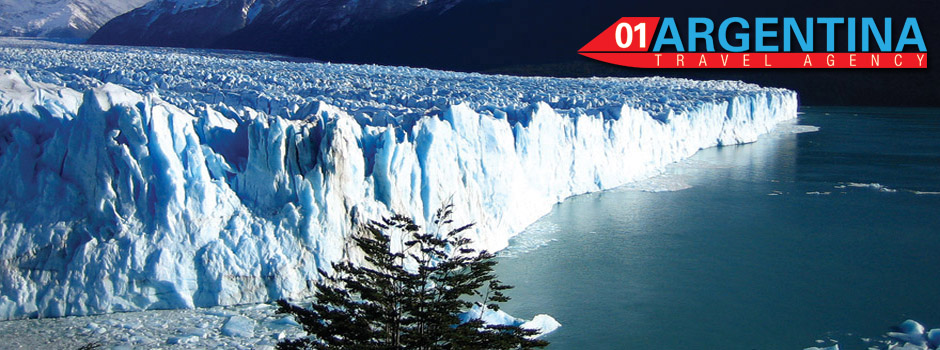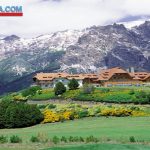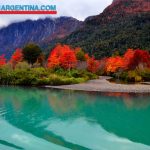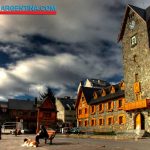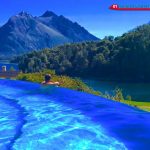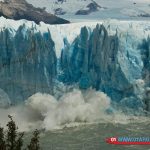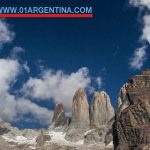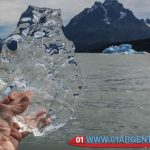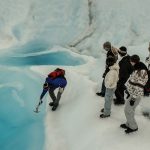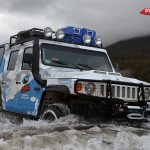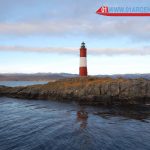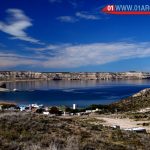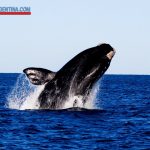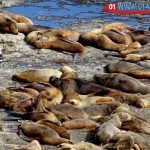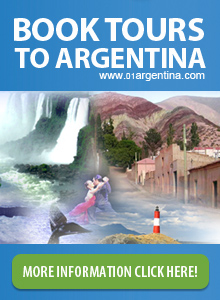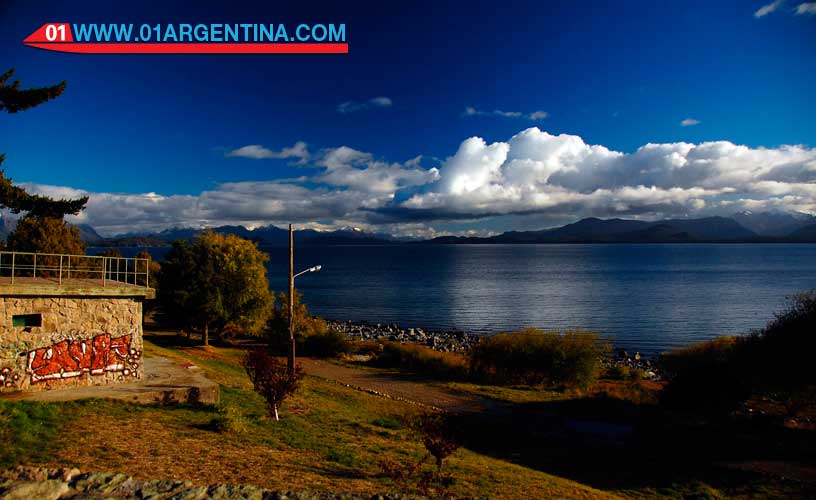
What to see to start in Patagonia Argentina?
Travel connect the essentials of Patagonia, now, maybe I have not yet concentrated on the main cities to see (at least on a first trip to Patagonia). More than saying that it is the essential thing to see in Patagonia, I am going to focus on what is usually seen first by those who visit Patagonia for the first time.
Bariloche
– Bariloche (and the surroundings of the lakes region). Bariloche is the tourist epicenter of northern Patagonia, Argentina. It is a city of great tourist development located next to a national park and lake (one of the most beautiful lakes in Patagonia). But in addition, the whole area is a paradise to explore. Here you can see a gallery of images of Bariloche and its surroundings. From Bariloche you can make excursions on Lake Nahuel Huapi and its national park, for its neighboring lakes, but also start to travel by car the route of the Seven Lakes and go through points such as Villa la Angostura and San Martin de los Andes.
If you have more days in Bariloche: (and if you have already explored the path of the seven lakes) you can also extend to the south and visit Lago Puelo, or go further to visit the Los Alerces National Park (in the area of Esquel) , recently recognized as a World Heritage Site. When and how to visit: all year. This region is attractive in every season of the year. Although in the austral winter it will be the high season (for the ski resorts), in any season it is recommended to see. In summer you will not have the snow but you will have the good weather and the green of the mountain in its splendor, and it is beautiful to make trails and explore the mountain nature. In this entire region, you will see the essentials of Bariloche in three to four days, but you can also extend it to a week (or more) if you want to see and explore the surroundings.
El Calafate
– Calafate (and Glacier National Park with Perito Moreno). Calafate is a city that is on the shores of the enormous Lake Argentino in the province of Santa Cruz. But above all, this point of Patagonia is one of the most tourists because there is the airport that serves as the entrance to the Glacier National Park, where there are numerous ice giants, and among them, the famous Perito Moreno Glacier (Maybe at this point you would be interested in reading about the reason why the Perito Moreno glacier is so famous). Calafate is the base from which to explore part of the National Park, and is one hour from the Perito Moreno Glacier.
If you have more days in Calafate: I highly recommend thinking about dedicating at least five days to this area. To begin, Calafate and the Perito Moreno Glacier are visited in at least three days (and three nights). But to this we must add that near here is one of the most wonderful climbing destinations in Patagonia: the El Chaltén area. El Chaltén is a town where the most incredible nature trails start from the hotel door. It is an area of fascinating lakes, glaciers and mountains with unique forms such as Mount Fitz Roy, or Cerro Torre, some of the postal emblems of the Argentine Patagonia. In this post I explain the magic of doing some of these trails (especially in pictures). And it is not difficult trails, but they are suitable for anyone with a minimum of physical form.
When and how to visit Calafate and surroundings: Los Glaciares National Park is visited all year round, and there are excursions in which it is possible to navigate the Argentino Lake with boats with all the comforts (and of course a good heating to enjoy views) incredible if the weather is not the best). The trails of El Chaltén are also possible to do in most of the year, although in winter we will have snow and a much more inhospitable climate that is not recommended for those who are not prepared (both physically and in clothes).
Ushuaia
– Ushuaia (and the End of the World). Ushuaia I could meet on my second trip to Patagonia, and it is a fascinating and even mythical destination. If you want to start falling in love with the idea of visiting Ushuaia I recommend you see this gallery of my 30 photos of the Ushuaia area, and also the 5 reasons to travel to Ushuaia. I think the previous posts summarize very well both in images and in the essence of the place. We will be in a cold mountain paradise, on an island (although very large island) that still has few roads and a lot of almost virgin territory, and making base in a relatively important city (it has about one hundred thousand inhabitants, which in the scale of Patagonia it’s a lot to say). Within walking distance of the city there are national parks, lakes, islands, the option to sail on the Beagle Channel. We will observe fauna in the wild, mountains and majestic forests. And above all, we will feel in our skin the sensation of being in “a place away from the whole world”.
When and how to visit Ushuaia: all year round. The summer is cold and it is even possible to find snow days. Winter is the ski season, although the days are short (the cold is intense but has the oceanic moderation that makes it not to be a place to freezing).
Puerto Madryn
– Puerto Madryn (Whale watching and Valdés Peninsula). This is one of my outstanding points of Patagonia, but I can not stop including it among the essential ones. Puerto Madryn is a coastal city in the province of Chubut and surrounded by a landscape of Patagonian steppe. Here there are no forests or mountains but arid elevations of low elevation that form cliffs and beaches by the sea. Puerto Madryn is the gateway to a natural coastal paradise such as Península Valdés, another of the World Heritage Sites of Argentina. This immense tongue of land in the Argentine Sea (Atlantic Ocean) is an impressive coastal ecosystem, breeding place of the largest colony of southern right whales, but also a site of observation of varied and abundant fauna: sea lions and elephants, penguins, Toninas overas, dolphins. In addition to all the fauna on land: llamas, nandú, armadillos. If you have more days in Puerto Madryn: besides the beaches, wildlife reserves, and whale watching, Puerto Madryn offers some excursions inland, such as the visit to the town of Gaiman, famous for being a Welsh colony that preserves its traditions and customs. When and how to visit: all year, although here the high season coincides with the whale watching season between May and September, although the best months are September and October. The rest of the year you can enjoy the fauna of Península de Valdés, besides the beaches and the summer (which is usually quite hot, or much more than many would expect in Patagonia).
